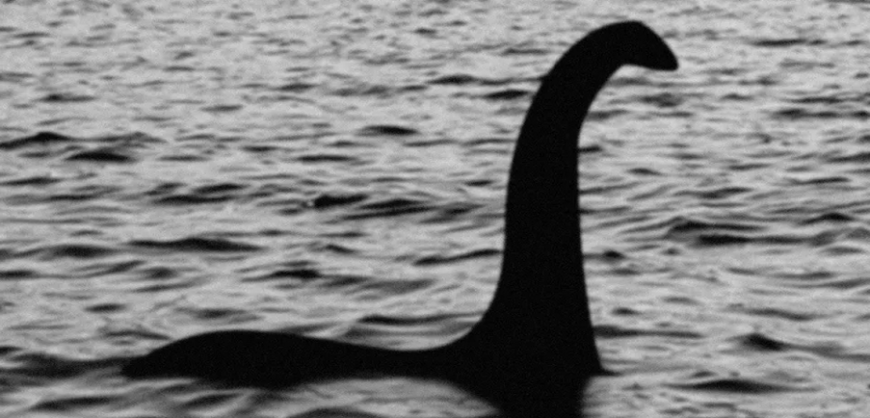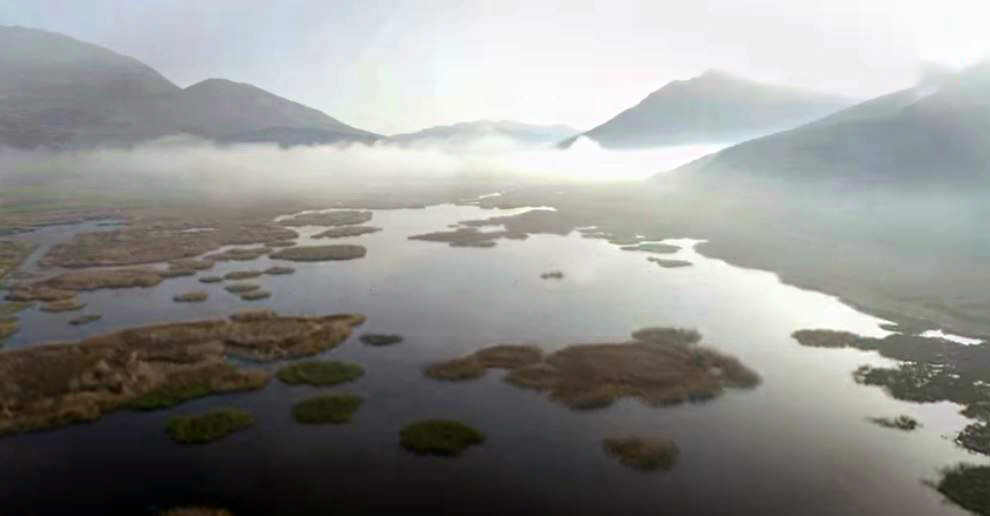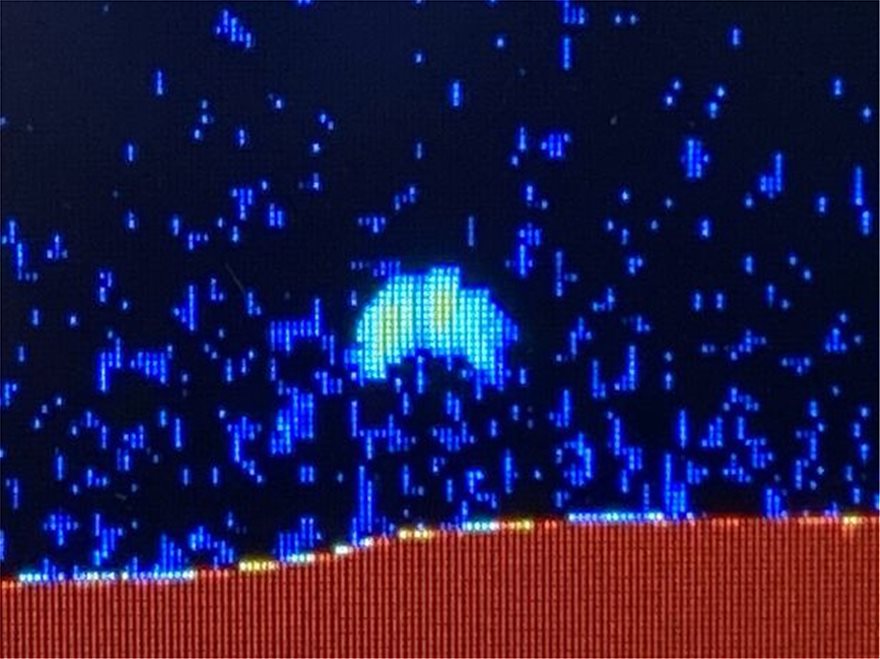The Loch Ness Monster is “plausible”, a British university has declared, after finding that some plesiosaurs may have lived in freshwater.
Nessie proponents have long believed that the creature of Scottish folklore could be a prehistoric reptile, with grainy images and eyewitness accounts over the years hinting that the beast has a long-neck and small head similar to a plesiosaur.
However, skeptics argue that even if a plesiosaur lineage had survived into the modern era, the creatures could not have lived in Loch Ness because they needed a saltwater environment.
Now, the University of Bath has found fossils of small plesiosaurs in a 100-million-year-old river system that is now in Morocco’s Sahara Desert, suggesting they did live in freshwater.
The fossils include bones and teeth from a 9.8ft (3m) long adult, and an arm bone from a 4.9ft (1.5m) baby.
Dress like an Egyptian: Fashion, style & simplicity in Ancient Egyptian clothing
They hint that these creatures routinely lived and fed in freshwater, alongside frogs, crocodiles, turtles, fish and the aquatic dinosaur Spinosaurus.
“What amazes me is that the ancient Moroccan river contained so many carnivores all living alongside each other,” said co-author Dave Martill, professor of palaeobiology at the University of Bath.
“This was no place to go for a swim.”
The plesiosaur teeth even show the same heavy wear patterns of the Spinosaurus, suggesting they were regularly feeding on the same heavily-armoured fish that swam in the river system, rather than simply being occasional visitors.
Read more: The Telegraph





































